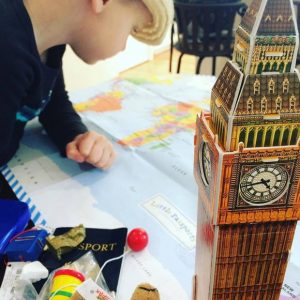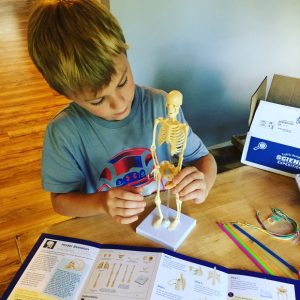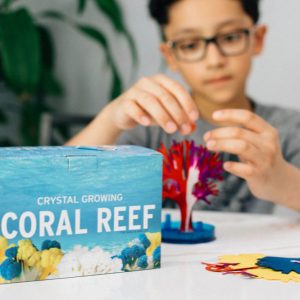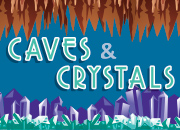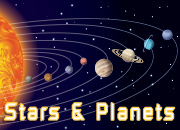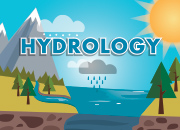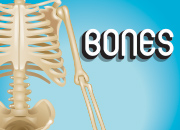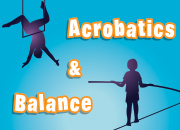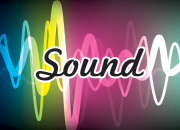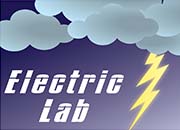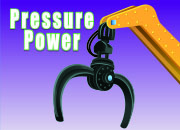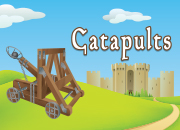Welcome to Science Expeditions Extras!
Dive deeper into your science kit’s theme and experiments. This month, learn a little extra about stars and planets.

Stars & Planets
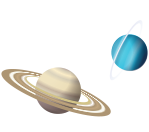 Saturn is famous for its beautiful rings, but other planets have rings, too. In 1977, scientists discovered dark rings around the planet Uranus. Two years later, photos from NASA’s Voyager 1 probe showed that Jupiter has four sets of rings. Neptune’s six rings were discovered in 1989, when Voyager 2 flew by. The rings around Uranus, Jupiter and Neptune are thin and made of rocks and dust, so they are dark and hard to see. Saturn’s rings are wide and made mostly of reflective ice, which is why they are so bright. Scroll for more fun facts and activities about the universe below!
Saturn is famous for its beautiful rings, but other planets have rings, too. In 1977, scientists discovered dark rings around the planet Uranus. Two years later, photos from NASA’s Voyager 1 probe showed that Jupiter has four sets of rings. Neptune’s six rings were discovered in 1989, when Voyager 2 flew by. The rings around Uranus, Jupiter and Neptune are thin and made of rocks and dust, so they are dark and hard to see. Saturn’s rings are wide and made mostly of reflective ice, which is why they are so bright. Scroll for more fun facts and activities about the universe below!
Gather these household items from the list below before you begin your experiments. Check off items as you go or print the list here. All other materials are included in your kit.
Solar System
cup of water (to wash paint brush)
paper towels
paper plate (to mix paint colors; optional)
Fun Facts
There are 24 hours in one day on Earth, but only 9 hours and 55 minutes in one of Jupiter’s! Jupiter rotates at a much faster speed (28,273 miles/hour) compared to Earth (1,037 miles/hour).
Mars is home to the largest volcano in our solar system, the Olympus Mons, which is almost three times the size of Mount Everest!
Scientists estimate there are 100 to 400 billion stars in the Milky Way Galaxy! Scientists don’t have a reliable way to count them, which is why the estimates vary so much.

Aunt Charlie’s Corner
Expert tips to complete this month’s science experiments!
 Solar System
Solar System
Watch this experiment!
- Remember to sand the planet hemispheres before painting them so the paint sticks to the plastic better. It also helps to paint the hemispheres before punching them out of their frame.
- When punching the hemispheres out of the frame, it may be easier to twist them first and then snap them off.
- Sand off any protruding pieces of plastic once you form each planet.
- Once you insert the metal bars into the planets, they may be difficult to remove. It helps to twist the bars. If needed, ask an adult for help.
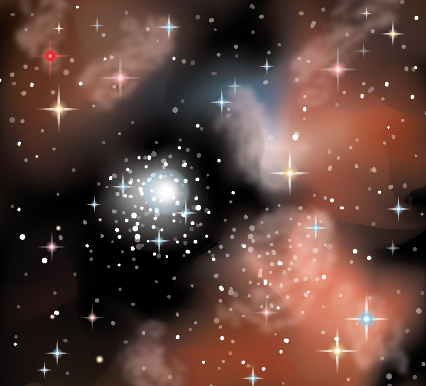 Star Quest
Star Quest
- Read all of the instructions in your experiment guide, paying close attention to the rules.
- Memorize the life cycles of the star, so you can save the planet.
- Fact cards must be played next to telescope cards.
- Remember you can make as many observations as possible during your turn.
- Once a half-fact card or fact card is played next to a telescope, that telescope is no longer available for new fact cards to be played.
- If you have matching half-fact cards, you can play both at once!
Print and Play
Learn more weird and wonderful facts about our solar system’s planets in this matchup activity.
Photos
Explore more about our galaxy, stars and space missions.
Flip through the gallery.
Explore More
Click a button below to learn about another science theme.
We Our Community
